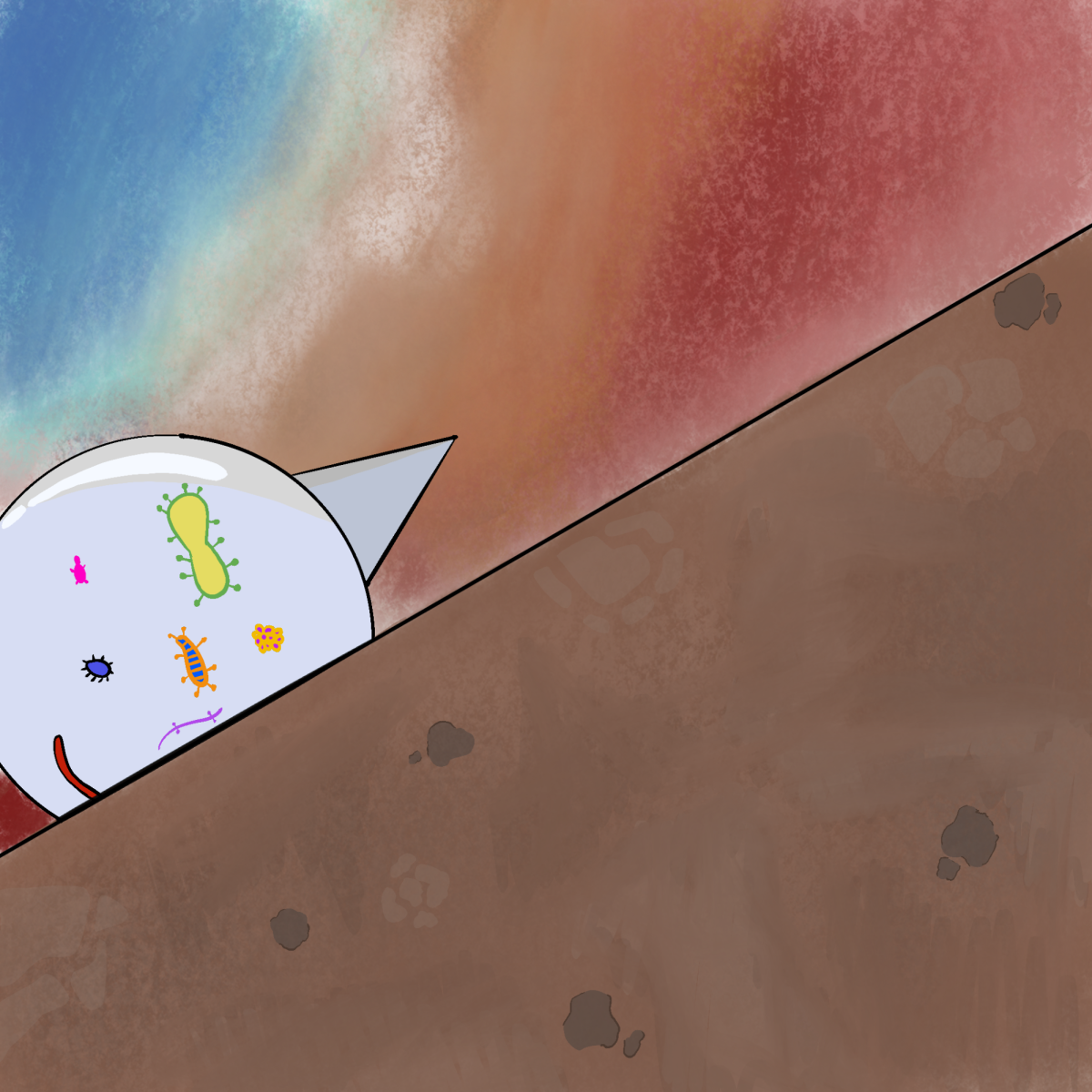A June 16 study by university experts examined the clay terrains of Mars, the nearby red planet, and discovered a potential history of a habitable environment.
NASA data and photographs were used to investigate the surface of Mars. It was discovered that clay developed close to waterways and might have provided the planet with a favorable setting for the emergence of life. The study also examined the possible historical appearance of the planet’s environment.
According to Rhianna Moore, the study’s main finding is a “sort of fundamental re-look at how we view Mars’ history.” The environment of Mars was formerly wet, but eventually dried up globally, according to planetary experts. This study attempts to piece together that portion of the planet in its totality a bit more in order to comprehend surface variations.
According to Moore, the absence of plate tectonics kept Mars’ environment unstable, which helped the clay maintain part of the planet’s past.
Plate tectonics and our seas drive this cycle on Earth, which, according to Moore, keeps the temperature comparatively steady. You can have a long-lasting habitable environment when you have a stable climate and, for the most part, a fairly constant supply of water across time. Since there was no large-scale tectonics on Mars like there is on Earth, everything we suggest becomes locked in these clays due to the lack of tectonic recycling.
According to Moore, conclusions about the planet’s climate could be drawn from this preserved clay, including regions that may have a habitable atmosphere and long-term, consistent rainfall.
The existence of clay in the Martian dichotomy, a region of the planet with stark height changes, was one of the study’s most unexpected discoveries, according to Moore.
According to Moore, there have been suggestions that the north once had an ocean. It was fascinating to discover that these trended along that potential ocean shoreline.












